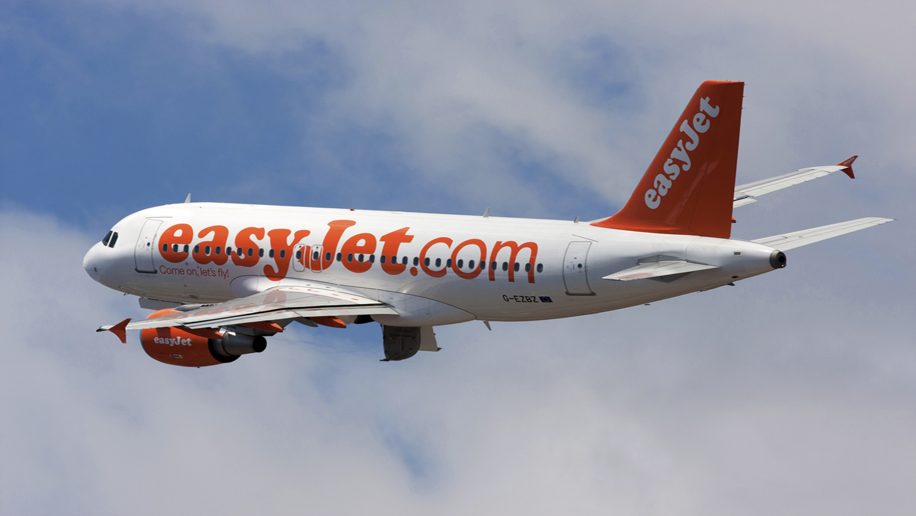
We’re all familiar with budget carriers like Easyjet, German Wings and Ryanair and the economical links they provide to mainland Europe. What is less well known to British travellers is that these and many other low-cost carriers are also developing their services within the Continent and are rapidly bringing their cost-cutting policies to millions of French, German, Spanish and Scandinavian passengers.
It means that not only can Easyjet transport you from Luton to Paris, but now it can also fly you around Europe. You can continue from Paris to more than a dozen other cities including Barcelona, Berlin, Geneva, Madrid, Milan and Toulouse. It’s the same with German Wings: book any of their flights from Gatwick to Cologne and you can make your business trip more cost-effective by tagging on visits to additional cities such as Prague, Rome, Stockholm, Warsaw and Vienna.
Says Dr Andreas Bierwirth, VP marketing and sales development for German Wings: “The low-cost airline business has entered a new dimension. It’s now possible [with these airlines] to connect most metropolitan areas.”
But are British travellers aware of the possibilities now on offer? It would seem so. “Thousands of our customers are already taking advantage of our European network,” says a spokeswoman for Easyjet. “We’re already seeing UK passengers ? especially those from the London area ? flying to Paris or Geneva then continuing to Amsterdam or Berlin. As our Eastern network develops we would expect to see these same passengers using Budapest, Prague and Warsaw.”
A range of people are making the most of these new connections, according to Easyjet. “Other users are property owners in France and Spain who fly low-cost on business, and young people who are beginning to shun the long established Inter-railing [a card for discount train travel] in favour of flying.”
Business people heading for Germany are already combining flights by “open-jawing” (flying to one city and returning from another). Tim Gresty, publicity chief of Hapag-Lloyd Express, says he is finding that a lot of passengers are now flying Manchester-Cologne and returning Stuttgart-Manchester. “Executives are combining two cities in one go and it’s easy to do this because airports in Europe are linked with such superb transportation.” There are high-speed ICE trains linking the two cities via Frankfurt and each of these airports has fast S-Bahn (local rail links) to the city centre.
Millions of clued-up travellers are making connections at big low-cost airports like Stansted and Cologne; German Wings’ Dr Bierwirth believes 20% of the airline’s UK passengers change planes at Cologne.
Meanwhile, Stansted Airport recently opened a new section called “Changing planes at Stansted” on its website (www.baa.com), which lists available connections and explains the procedures involved. Stansted claims 15% of its passengers are using the airport as a hub ? roughly 50% more than 18 months ago.
These numbers are quite an achievement when you consider that the low-cost carriers do not “interline”, either with themselves or with a rival. In other words, you can’t transfer from one flight to another with the same convenience that you usually can with conventional carriers when buying the more expensive tickets. So, low-cost airline passengers must claim their bags, clear immigration and re-check in for their onward flight. On the other hand, the traditional airlines charge much more (see box) for most multi-sector trips, especially when the carriers operating different legs of the journey do not belong to the same alliance.
One drawback when flying low-cost is that you must book separate tickets for every sector. But Easyjet says it has plans to make the booking process easier for customers booking a chain of its flights across Europe. It intends to develop its website to incorporate a virtual shopping basket, like those offered by online retailers ? soon you can buy flight sectors just as you would choose books and CDs at Amazon.
In years to come, this may be considered the natural way to fly within Europe. Consider that the couple of dozen low-cost carriers are collectively handling over 70 million passengers a year and the number is rising fast. Easyjet and Ryanair now carry almost as many as, if not more, passengers than British Airways.
For now the conventional carriers have the best schedules and use the best airports. But given that they’re already cutting flights and downsizing, for how much longer will they maintain these advantages?
For more about low cost routings around Europe see the October edition of Business Traveller magazine








